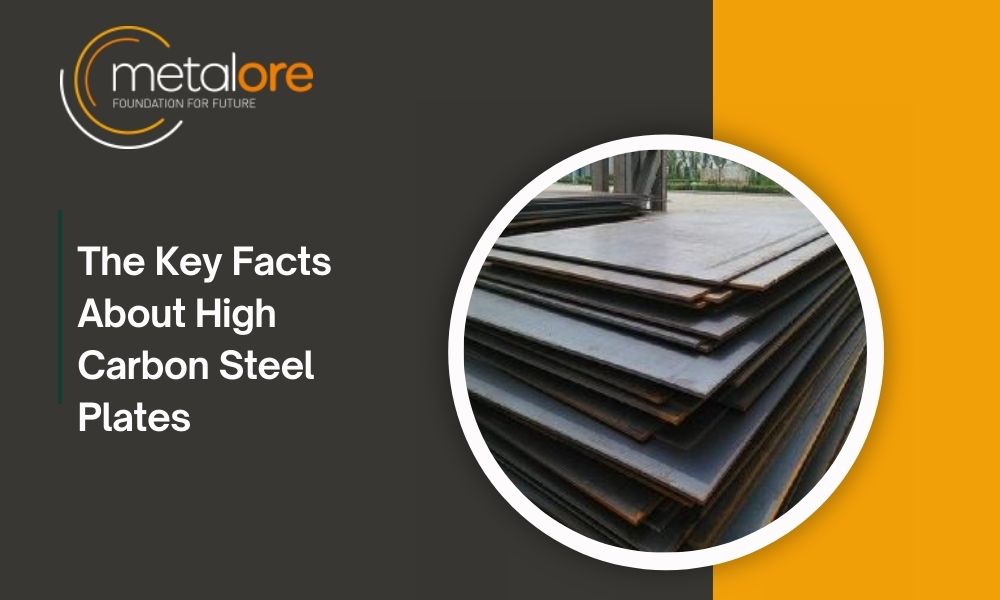High-carbon steel, distinguished by its high carbon content ranging from 0.6% to 1.5%, is an essential material in various industries due to its unique properties and versatility. Generally, high-carbon steel is harder and stronger than low- and medium-carbon steels, making it ideal for applications requiring durability and wear resistance.
Composition and Characteristics
The primary characteristic that defines high-carbon steel is its carbon content. Typically, high-carbon steel contains between 0.6% and 1.5% carbon, with higher carbon content leading to increased hardness and strength. This composition also makes high carbon steel plates less pliable and more challenging to work with compared to its lower-carbon counterparts. The high carbon content imparts excellent abrasion resistance but can make the steel more brittle and susceptible to cracking under stress.
Properties of High Carbon Steel
Strength and Hardness
One of the most notable properties of high-carbon steel is its exceptional strength and hardness. The increased carbon content boosts the steel’s hardness, making it highly resistant to wear and tear. This property is critical for tools and machinery undergoing significant operational stress.
Corrosion Resistance
Although not as corrosion-resistant as stainless steel, high-carbon steel offers better corrosion resistance than low-carbon steel. This is primarily due to the denser structure formed by the high carbon content, which provides a certain level of protection against oxidation.
Machinability and Weldability
The high hardness of high-carbon steel also poses challenges regarding machinability and weldability. These steels are more difficult to shape and require specialized equipment and techniques for cutting and welding. However, once shaped and treated, high-carbon steel components offer outstanding performance and durability.
Common Applications of High Carbon Steel Plates
Cutting Tools
High-carbon steel is widely used in manufacturing cutting tools such as knives, saw blades, and drill bits. Its hardness and sharpness retention make it ideal for these applications, where precision and longevity are crucial.
Automotive Components
In the automotive industry, high-carbon steel is used to produce parts that require high strength and durability, such as gears, springs, and bearings. These components benefit from the material’s ability to withstand significant stress and wear.
Industrial Machinery
High-carbon steel plates are commonly used in industrial machinery and equipment. Their high wear resistance makes them suitable for parts that undergo constant friction and heavy loads, such as conveyor belts, crusher parts, and agricultural tools.
Construction
In construction, high-carbon steel plates are utilized to fabricate structural components that demand high tensile strength and durability. These include beams, columns, and reinforcement bars in building and infrastructure projects.
Conclusion
High-carbon steel plates are a critical material in various industries due to their unique combination of strength, hardness, and wear resistance. While they pose challenges regarding machinability and weldability, their superior performance in demanding applications makes them indispensable. Understanding the properties and uses of high-carbon steel can help industries select the right materials for their specific needs, ensuring optimal performance and longevity of their products.

